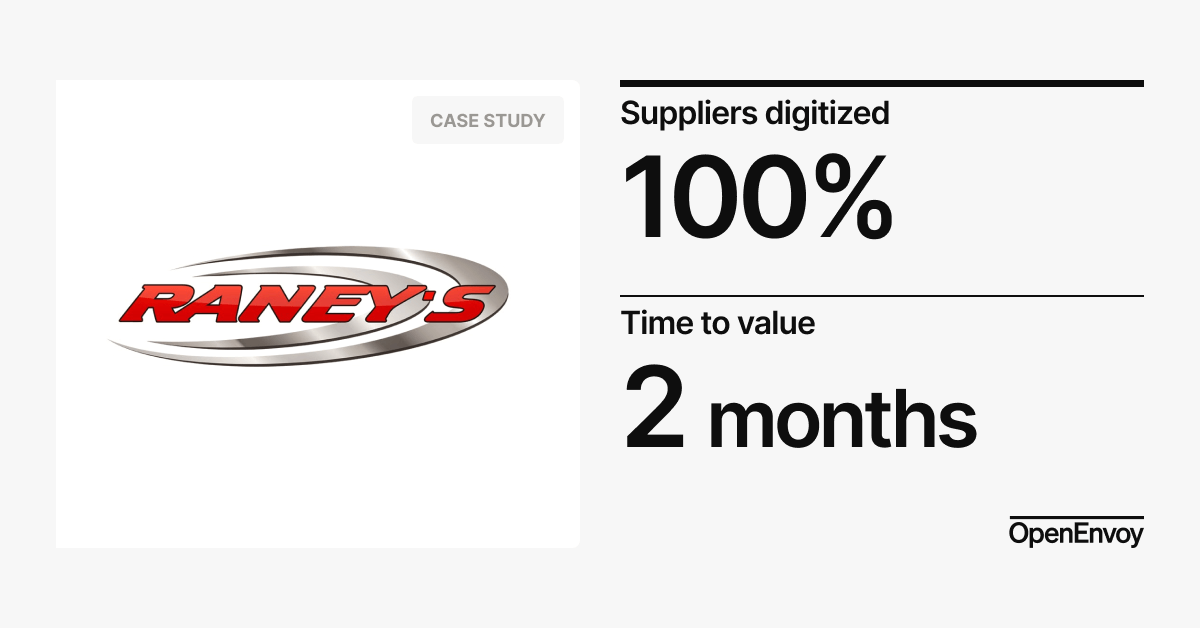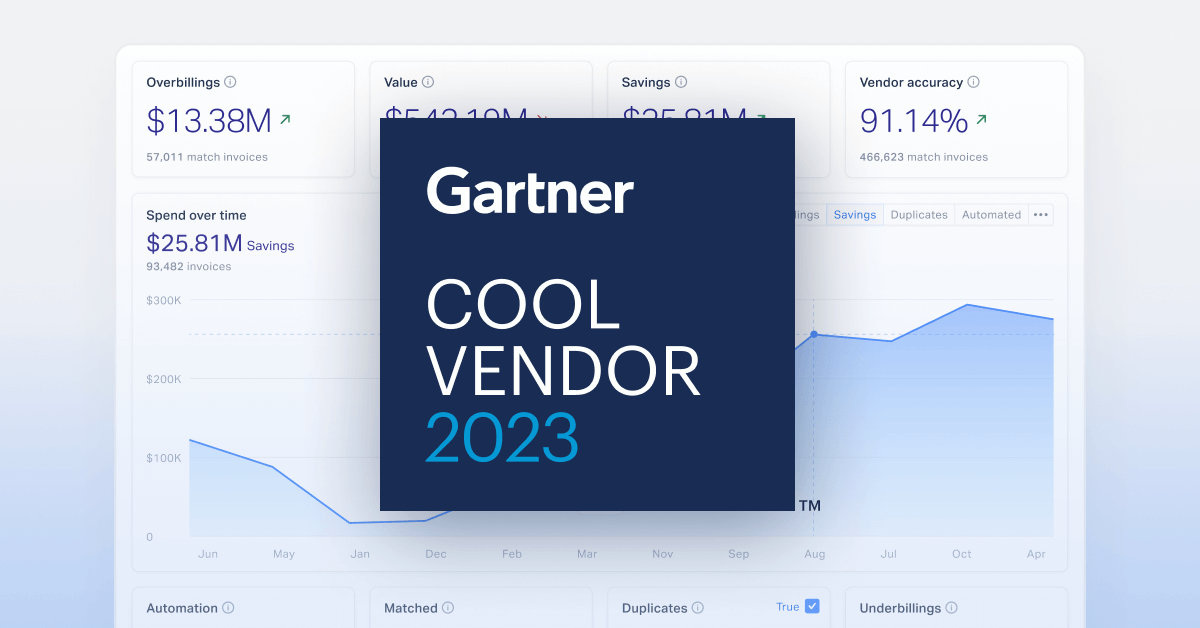< Back to E-Invoicing Overview
Canada has progressively adopted e-invoicing as part of its digital modernization efforts to improve financial efficiency and transparency. The government has mandated e-invoicing for federal suppliers as part of its transition to digital procurement, while private sector adoption remains voluntary but steadily increasing.
Canada’s approach to e-invoicing aligns with global standards, including Peppol, to facilitate seamless domestic and international transactions. Businesses adopting e-invoicing benefit from reduced processing times, improved accuracy, and streamlined tax compliance.
Regulatory authority
Public Services and Procurement Canada (PSPC) oversees e-invoicing for government transactions.
E-invoicing requirements
Since April 2022, all suppliers to the Canadian federal government must issue electronic invoices through the SAP Ariba platform. B2B e-invoicing remains voluntary, but many businesses are transitioning to digital invoicing to improve operational efficiency.
Accepted invoice formats
Invoices must be issued in Peppol BIS format or UBL XML, ensuring interoperability with international standards.
Transmission channels
Invoices must be submitted via SAP Ariba or Peppol-certified networks.
Digital signatures
Digital signatures are not required but can be used for additional security and authenticity.
Archiving requirements
Invoices must be archived for six years, in compliance with Canadian financial regulations.
How B2B e-invoicing works in Canada
Businesses generate invoices in Peppol BIS or UBL XML format and submit them through Peppol-certified networks or private invoicing platforms.
How B2G e-invoicing works in Canada
Invoices must be issued through SAP Ariba, validated by public sector entities, and archived for six years.
Ready to get started?
Schedule a consultation to explore the benefits of e-invoicing.


